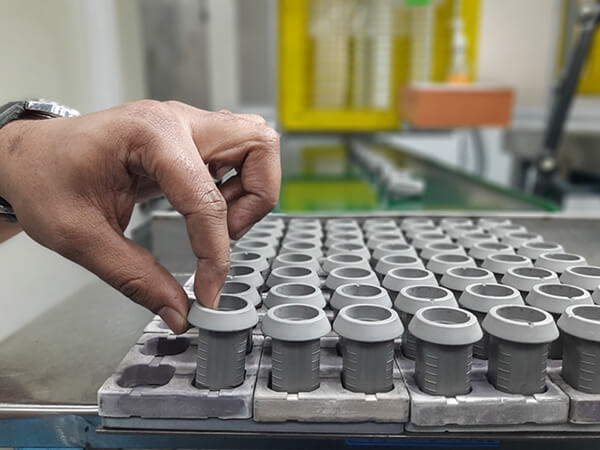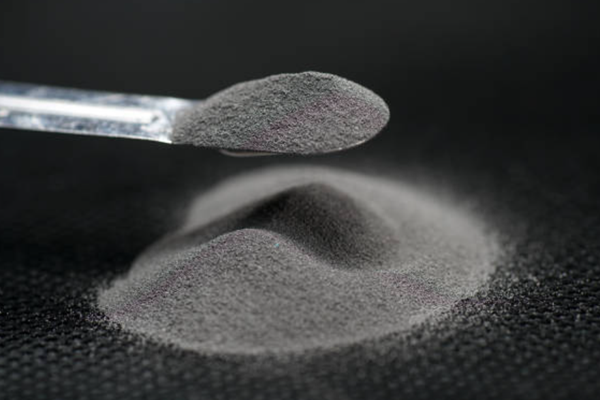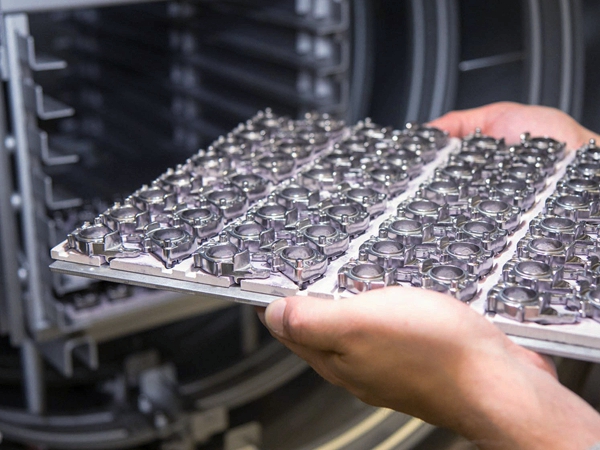Inconel 738
Inconel 738 Similar grades
USA: UNS N07750
Description
Inconel 738 is a nickel-based superalloy known for its exceptional combination of high-temperature strength, thermal stability, and resistance to corrosion and oxidation. Its powder form is widely used in additive manufacturing (AM) and powder metallurgy processes, catering to the demanding requirements of aerospace, energy, and automotive industries.
Applications
Aerospace: Inconel 738 powders are extensively used to produce turbine blades, vanes, and other components that require high strength and resistance to oxidation at elevated temperatures. These parts are crucial for the engine's performance and longevity.
Energy Sector: Components for gas turbines in power plants, including combustor cans and afterburner parts, are fabricated using Inconel 738 due to its resistance to creep and rupture at temperatures up to 982°C.
Automotive: High-performance exhaust systems and turbocharger components benefit from the thermal stability and corrosion resistance of Inconel 738.
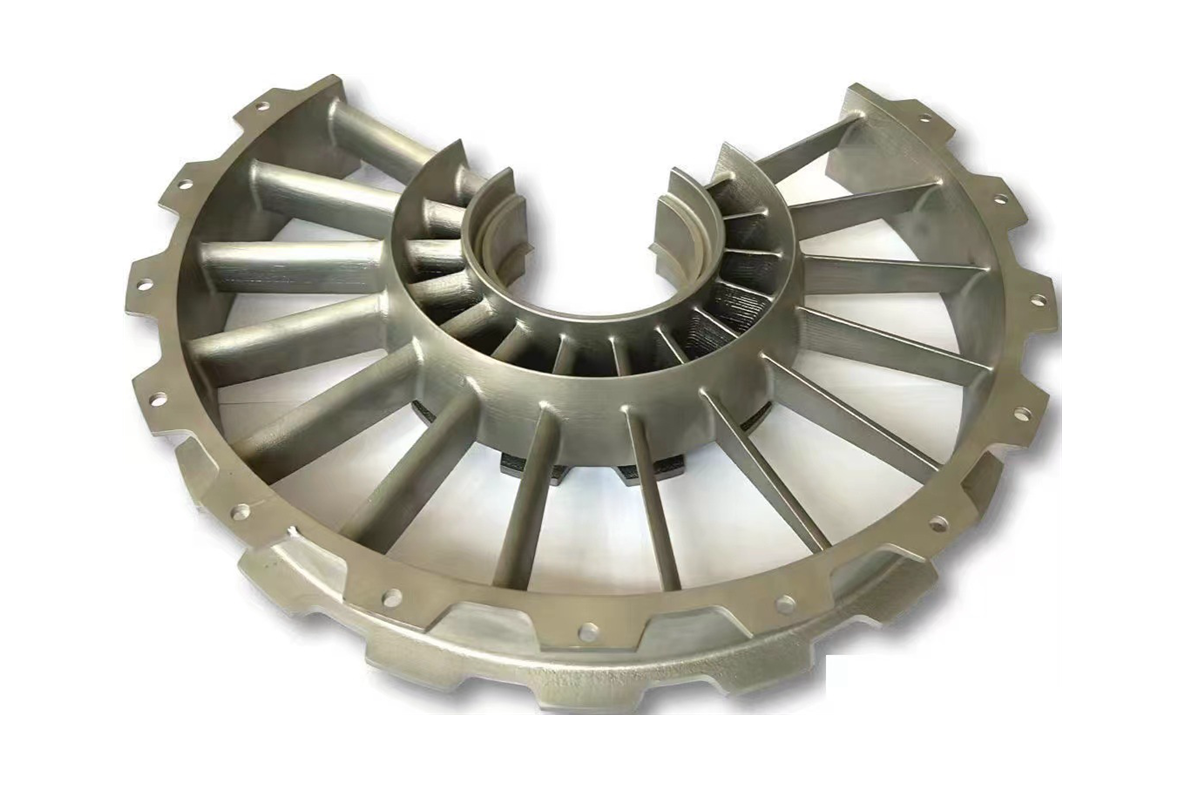
Composition and Properties
Inconel 738 powder primarily comprises nickel, chromium, cobalt, and molybdenum, with additional alloying elements like tungsten, aluminum, and titanium to enhance its properties. This composition offers a melting point of around 1,250°C to 1,350°C, enabling the alloy to maintain structural integrity and mechanical performance at high temperatures. It also exhibits excellent thermal fatigue and cyclic oxidation resistance, which are crucial for applications in harsh environments.
Inconel738 Typical values(Weight%) | |||||||||||||||||||||||||||||
C | Cr | As | W | Co | Mo | Al | Ti | Fe | Nb | Ta | B | Zr | Mn | Si | P | Pb | Sb | Sn | Bi | ||||||||||
0. 10-0.20 | 15.70- 16.3 | ≤0.005 | 2.4-2.8 | 8.0-9.0 | 1.5-2.0 | 3.0-3.7 | 3.0-3.5 | ≤0.50 | 0.6- 1.0 | 1.5-2.0 | 0.005-0.015 | 0.05-0. 15 | ≤0.20 | ≤0.03 | ≤0.015 | ≤0.015 | ≤0.001 | ≤0.002 | ≤0.001 | ||||||||||
Inconel 738 Powder Characteristics
The particle size distribution, morphology, and flowability of Inconel 738 powder are critical for additive manufacturing and powder metallurgy. Typically, the powder sizes range from 15 to 45 micrometers for selective laser melting (SLM) and electron beam melting (EBM) processes. The spherical shape of the powder particles ensures superior flowability and packing density, facilitating a more uniform and defect-free microstructure in the final product.
Mechanical properties after the finished product | Powder state | ||||||||||||||||
Yield Strength | tensile strength | Elongation | size | 0- 15μm | 15-45μm | 45-75μm | 45- 150μm | ||||||||||
R p0.2/MPa | R m/MPa | δ5 /% | |||||||||||||||
Horizontal | ≥ 880 | ≥ 1030 | ≥7.5 | orm | spherical | spherical | spherical | spherical | |||||||||
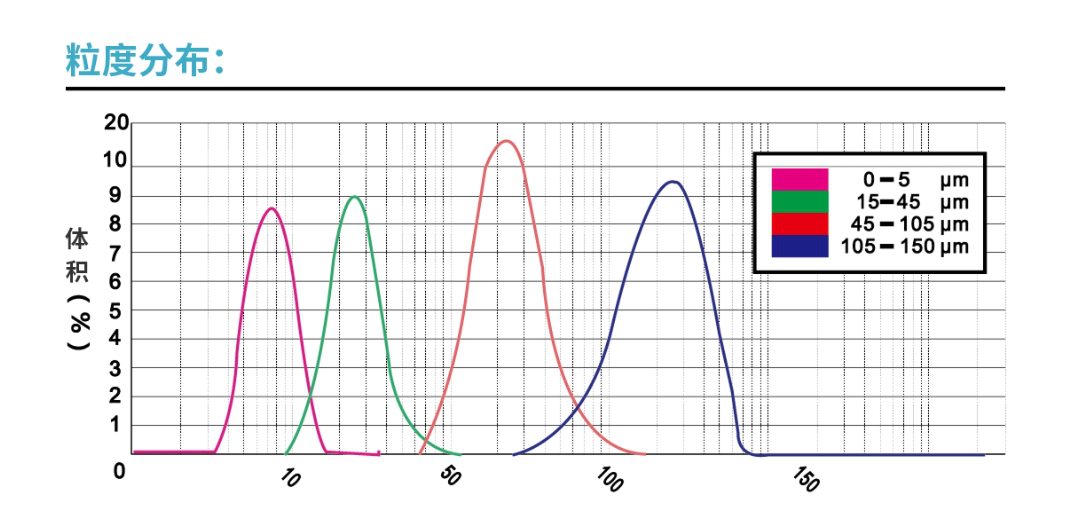
Physical properties
Density: 8.30g/cm3
Specific surface area: 0.242cm2/g
Sphericity ≥98.5%
Bulk density: 4.19g/cm3
Hall flow rate: 17.9s/50g
Melting point: 1260-1330°C
Relative density: close to 100%
Recommended layer thickness: 15μm, 20μm, 30μm, 40μm, 50μm
Technical standard: Inconel738 powder technical specification for 3D printing, ASTM B446, AMS 5666, AMS 5663, AMS 5599
Manufacturing Techniques
Manufacturing with Inconel 738 powders involves sophisticated processes tailored to exploit the superior properties of this nickel-based superalloy, especially in high-temperature, high-stress environments such as aerospace, energy, and automotive industries. The choice of manufacturing method depends on the application's specific requirements, including part complexity, volume, and desired properties. Here's an overview of critical manufacturing processes:
Additive Manufacturing (AM)
Additive manufacturing, or 3D printing, with Inconel 738 is primarily executed through methods like Selective Laser Melting (SLM) and Electron Beam Melting (EBM). These processes allow for the layer-by-layer construction of parts, enabling the creation of complex geometries that would be challenging or impossible with traditional manufacturing techniques.
Selective Laser Melting (SLM): A high-power laser fuses Inconel 738 powder particles layer-by-layer, according to a digital 3D model. This method is ideal for producing components with intricate internal structures and complex geometries, such as cooling channels in turbine blades.
Electron Beam Melting (EBM): Utilizes a high-power electron beam to melt the powder, a process conducted in a vacuum to ensure high purity and reduced oxidation of the final part. EBM suits components requiring exceptional material properties, like high fatigue resistance.
Powder Metallurgy
Powder metallurgy involving Inconel 738 powders includes Hot Isostatic Pressing (HIP) and Metal Injection Molding (MIM). These methods are chosen for their ability to achieve high-density, high-strength components.
Hot Isostatic Pressing (HIP): Combines high temperature and pressure to densify the powders into excellent components. HIP is beneficial for eliminating internal voids and achieving superior mechanical properties, making it suitable for critical components in aerospace and power generation turbines.
Metal Injection Molding (MIM): This involves mixing Inconel 738 powder with a binder to create a feedstock, which is then molded into the desired shape before debinding and sintering. MIM is advantageous for producing small, complex parts with tight tolerances, such as fasteners and gear components.
Advantages in Production
Using Inconel 738 powders offers several production advantages:
Design Flexibility: Enables the manufacture of complex shapes and internal features that are difficult or impossible to achieve with traditional manufacturing methods.
Material Efficiency: Compared to subtractive manufacturing techniques, additive manufacturing significantly reduces material waste.
Performance at High Temperatures: The high-temperature capabilities of Inconel 738 parts are essential for industries operating under extreme conditions, offering improved safety and reliability.
In summary, Inconel 738 powders are crucial in manufacturing components that demand high strength, durability, and resistance to harsh environments. Their use in additive manufacturing and powder metallurgy opens new avenues for designing and producing advanced components across various industries.
Manufacturing With Nickel-Based Superalloys Inconel 738 Powders
Main manufacturing processes:
Nickel-based high-temperature alloys are usually used for corrosion resistance, high-temperature resistance, and other extreme working conditions, such as impellers, pump valves, auto parts, etc. Neway has a variety of processing techniques for manufacturing nickel-based high-temperature alloy parts and solving their problems, such as deformation, cracking, and porosity.
Powder compression molding (PCM)
Get A FREE PROTOTYPING SERVICE NOW!: Consultative Design Service at Neway
